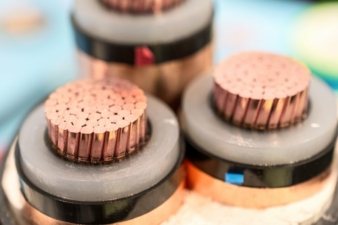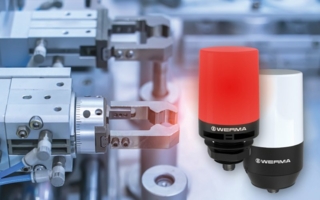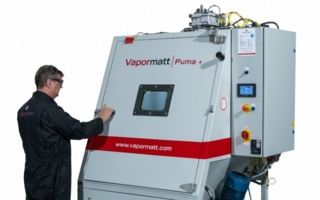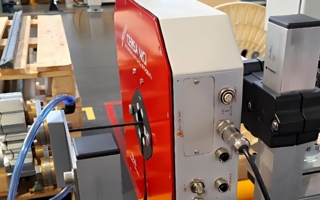18/01/2023 – Advertisement
Sustainable infrastructure solutions for infrastructure net zero
Rapid urbanization, the growth of renewable energy and existing electrical grid upgrades are intensifying the demand for high voltage cables with efficient insulation material systems. Long degassing periods of up to a few weeks extends production time and increases cost. Dow’s novel XLPE, ENDURANCE™ HFDD-4201 Compound for Cable Systems transforms the cable manufacturing process with a significant reduction in degassing time.
Steps towards sustainable infrastructure solutions
Last year, my team and I presented at the August session of the International Council of Large Electric Systems (@CIGRE) in Paris. It was a great opportunity to meet with peers and discuss in an open forum the work that we are all doing to tackle today’s biggest challenges, foremost of which is decarbonization.
Rapid urbanization, the growth of renewable energy and existing electrical grid upgrades are intensifying the demand for high voltage cables with efficient insulation material systems. Not just any insulation system will do – for cable manufacturers, insulation systems that improve manufacturing efficiency while delivering high reliability is critical. In addition, the power sector is undergoing a global transformation with decarbonization becoming a major priority across continents.
The problem of degassing in cross-linked polyethylene (XLPE) compounds
Degassing is an essential part of the cable manufacturing process to reduce the concentration of cross-linking by-products such as methane to an acceptable limit. However, it extends production cycles, increases energy consumption from the degassing chambers and increases inventory costs. In addition, methane is a potent greenhouse gas.
XLPE insulation systems are widely used both for underground and submarine cables, but these cables require degassing periods of up to a few weeks, based on the cable design and voltage level. Thermoplastic materials are hence an interesting option as they do not require the degassing process.
Reduced degassing time to improve productivity and lower emissions
Another solution would be an XLPE system that enables shorter degassing periods while still delivering robust electro-mechanical performance. This would reduce energy consumption, methane emissions and the carbon (CO2) footprint of the cable production process.
With regards to this second option, Dow is pioneering a novel XLPE compound offering quasi ‘zero degassing’ with a fully cross-linked insulation system, not only reducing business costs by enabling faster cable production cycles, but also lowering emissions during cable production.
Arguably, one needs to have a pragmatic and holistic approach when considering the environmental impact of the cable system, considering its entire lifetime from raw material to end-of-life, including cable production and use phase. Looking at the entire lifetime of a power cable, it is clear that the CO2 footprint is primarily generated during the cable use phase. The thermal resistivity of XLPE (3.5mK/W) is lower than thermoplastic materials (4.5mK/W ), which indicates higher energy losses during the cable use phase for the latter. In other words, a cable system with thermoplastic insulation would potentially have a higher CO2 footprint over its lifetime than XLPE insulated cables.
We came away from the August session of CIGRE motivated by the collaborative energy in the industry and look forward to the positive strides that the industry will take towards decarbonization of the grid. To continue moving in this direction, we need to continue improving the sustainability of each phase of the cable’s lifetime. To do this, we need to account for emissions generated by material suppliers, cable producers, transmission system operators and asset owners at the end of life, when measuring the CO2 footprint of a cable system.
Learn more about Dow’s novel XLPE, ENDURANCE™ HFDD-4201 Compound for Cable Systems.
The author is Roshan Aarons, Application Technology Leader for Wire and Cable EMEA at Dow Inc.
Dow Chemical Europe SA





